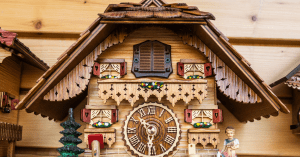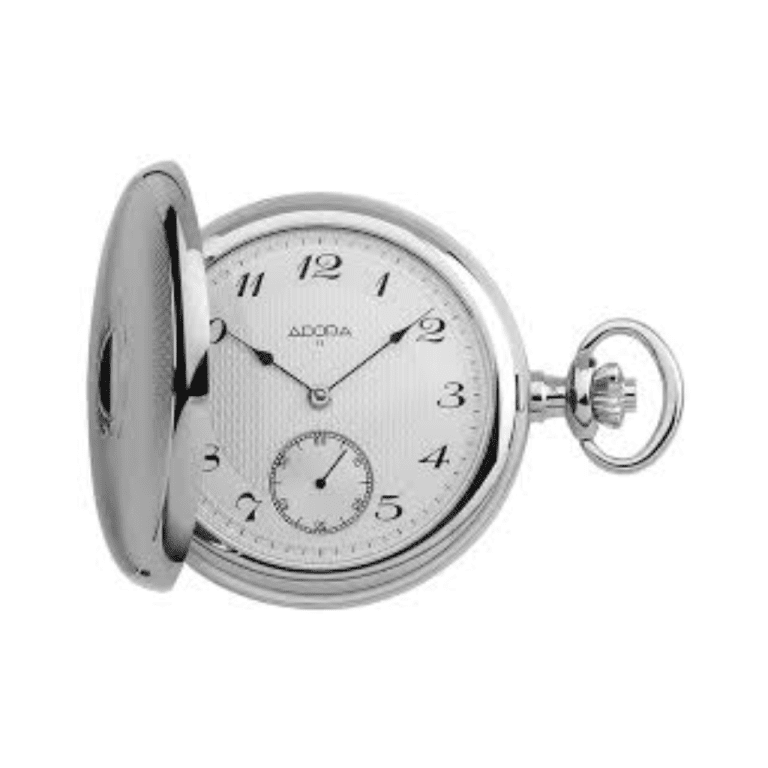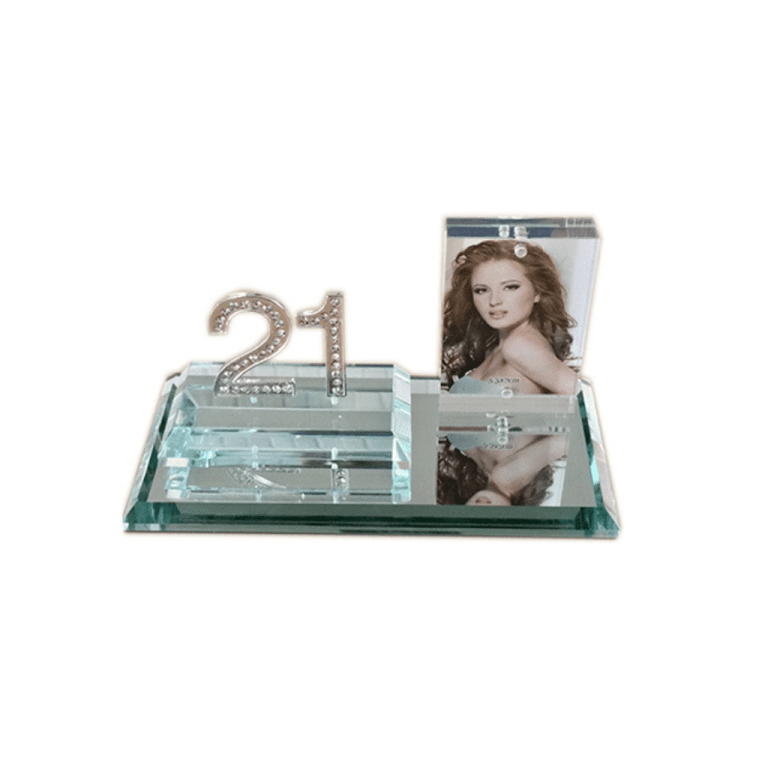Cuckoo clocks are among the most charming and recognizable timepieces in history, famous for their wooden carvings and the cheerful bird that calls out each hour. Their invention dates back to the 17th century in Germany, particularly in the Black Forest region (Schwarzwald), which became the birthplace of this unique design.
The exact origin is debated, but the first widely accepted cuckoo clocks appeared in the mid-1600s. Local clockmakers in the Black Forest, known for their skill in woodcarving and clockmaking, combined these crafts to create clocks that were not only functional but also decorative. They developed the idea of a small wooden bird that would emerge from a door and call “cuckoo” to mark the passing of time. The mechanism used bellows and whistles to imitate the bird’s call, a feature that became the hallmark of cuckoo clocks.
By the 18th century, cuckoo clocks had grown in popularity across Europe. Their designs became more elaborate, often decorated with carved leaves, animals, or hunting scenes. The traditional “chalet-style” cuckoo clock later became especially popular, resembling a small house or cabin with detailed carvings that reflected rural life.
The invention of cuckoo clocks not only represented an advancement in clockmaking but also highlighted the artistry of the Black Forest region. For many families there, crafting cuckoo clocks became a livelihood, and the area is still famous for producing them today.
Even in the age of digital timekeeping, cuckoo clocks remain beloved for their craftsmanship, nostalgic charm, and cultural heritage. They are not just timekeepers, but also symbols of tradition, artistry, and the creativity of early European clockmakers.














